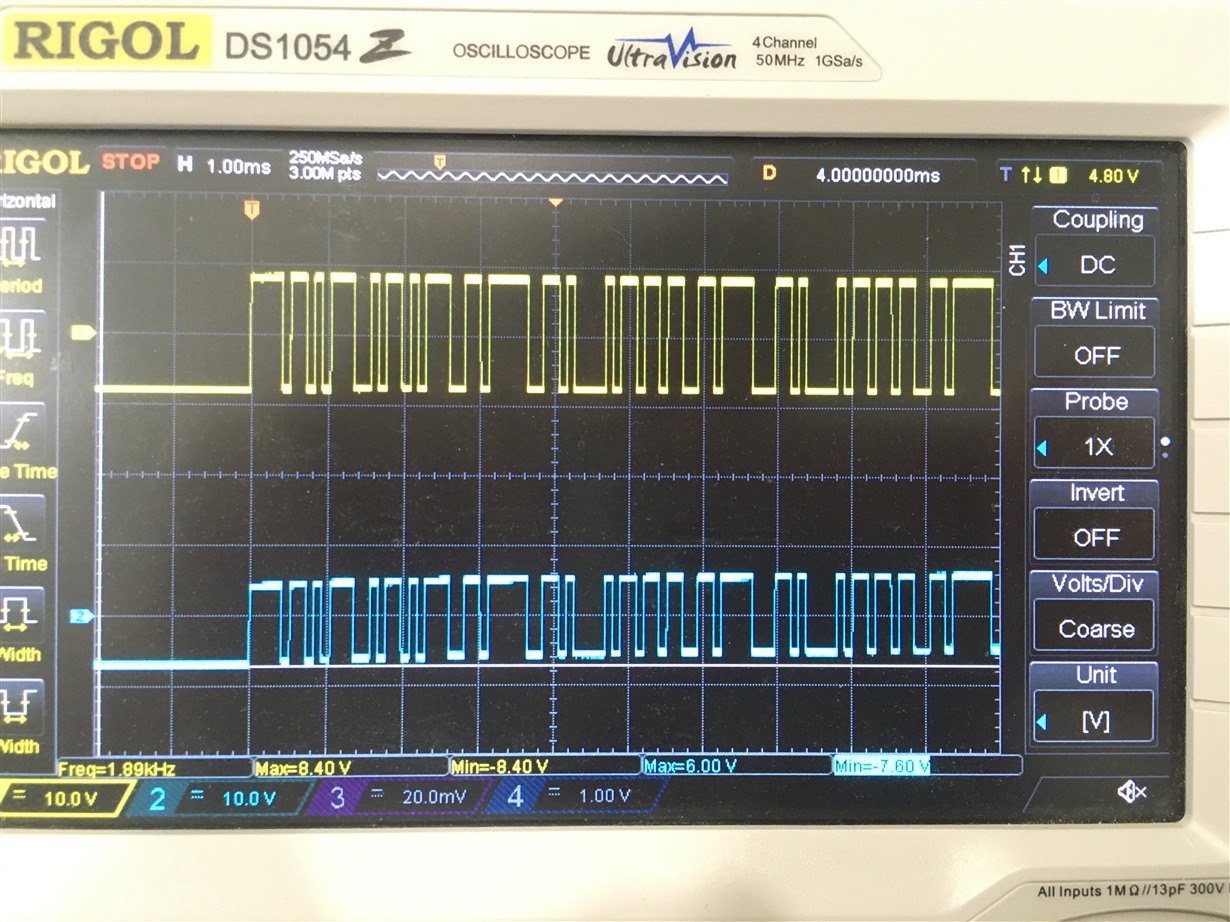Other Parts Discussed in Thread: , MAX3243, MAX232, MAX3232
I'm designing this board which essentially consists of RS232 <-> TTL transceivers for a Teensy 3.2 microcontroller. This board is supposed to be installed in a service vehicle, so the expected input voltage is anything up to ~28V, the board is powered from the ignition wire so it turns on only when the engine is run. The output of the TPS7A19 is adjusted to 5V, in fact the circuit and component selection were taken as-is from TI document SBVU031 - TPS7A1901EVM-760 Evaluation Module.
The Teensy receives data from other devices installed in the vehicle (sensors like RoadWatch, AVL etc.) through its 3 serial ports, the TTL to RS232 conversion is accomplished with a MAX3243:
The problem I'm facing is that I've had a handful of boards where the TPS7A19 was killed if power was removed from the board while any device is connected to one of the serial ports (via RS232_TXn, RS232_RXn and GND). When the TPS is dead the POWER led won't come up and OUT remains at zero, although the FB voltage is still at 1.233V. Replacing the TPS fixes the problem.
I couldn't find a specific reason for this behavior. If there are no other devices connected to the board's serial ports (thus no other external ground connections), none of this happens and the TPS survives. I can only assume this is some kind of capacitor discharge transient causing a load dump and this is getting back to the input of the TPS through the reverse current protection diode D4. Yet, I couldn't catch on the scope the supposed surge that would be killing the TPS.
I've been told by some to suppress D4 and install a TVS at the voltage input; other posts here on E2E suggest adding a schottky diode from GND to IN to prevent negative voltages exceeding the Absolute Maximum Ratings from reaching IN/EN.
Any suggestions on how to prevent the TPS from being fried are welcome.
Regards,
Claudio


